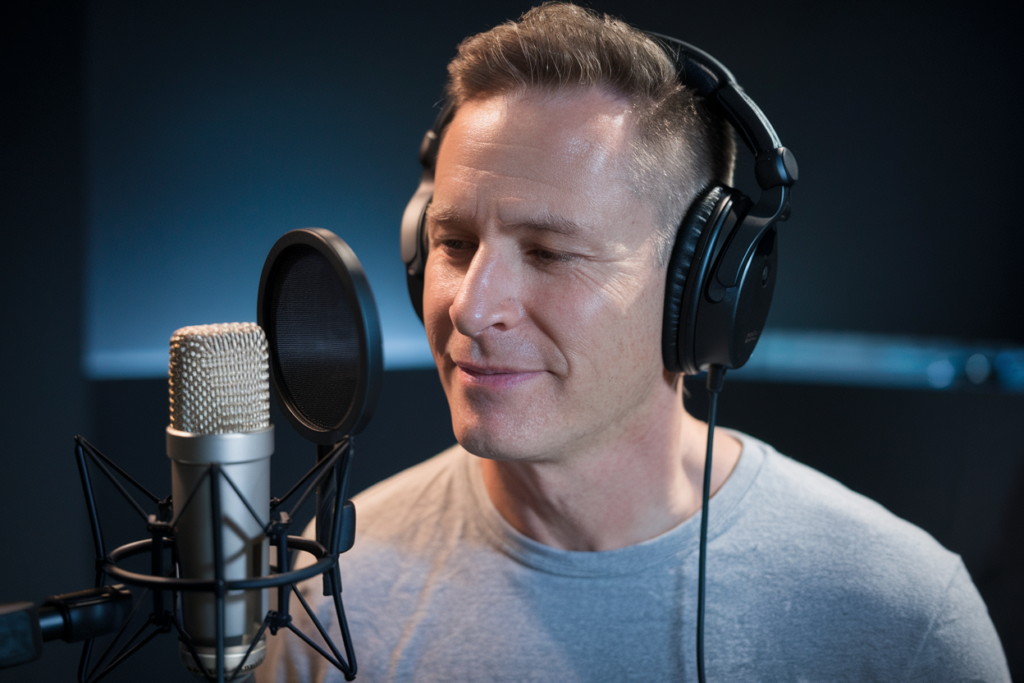Key Takeaways
- Diverse Accents Matter: The richness of the Polish language is enhanced by its regional dialects, making them essential for authentic voiceover projects.
- Recognize Key Dialects: Familiarity with Standard Polish, Silesian, Kashubian, and Greater Polish dialects allows for more tailored and relatable content.
- Cultural Authenticity: Selecting a voice actor who can adapt to local dialects ensures your project resonates culturally with the target audience.
- Emotional Engagement: A well-cast voice artist familiar with specific dialects fosters trust and connection, enhancing audience engagement.
- Project Requirements Guide Choices: Assessing your project’s demographic needs helps determine whether Standard Polish or a regional dialect is appropriate for effective communication.
- Consult Experts: Engaging experienced voiceover professionals can provide valuable insights into choosing the right dialect to enhance your project’s impact.
Ever wondered how dialects can make or break your Polish voiceover projects? The richness of the Polish language isn’t just in its words but also in its diverse accents and regional dialects. Understanding these nuances is key to connecting with your audience on a deeper level.
Overview of Dialects in Polish Voiceover
Polish voiceover projects benefit greatly from understanding various dialects. The richness of the Polish language includes numerous accents and regional variations that can enhance your project’s authenticity.
When considering a voice artist, it’s crucial to recognize the primary dialects:
- Standard Polish: This is the most widely understood form, often used in media and formal settings.
- Silesian: Known for its distinct pronunciation, Silesian adds a unique flavor to voiceovers aimed at audiences from southern Poland.
- Kashubian: With its own set of phonetic traits, this dialect brings cultural depth, particularly useful for projects targeting northern regions.
- Greater Polish (Wielkopolski): Familiar in western Poland, it offers a historical resonance that can appeal to specific demographics.
Understanding these nuances allows you to choose the right voice talent for your project. A skilled voice actor can adapt their delivery based on these regional differences, ensuring that your message resonates with the intended audience. Embracing local dialects enriches storytelling and fosters connection.
Ultimately, selecting a voice over artist who understands these variations enhances engagement. Whether you’re producing commercials or educational content, tapping into Poland’s linguistic diversity amplifies your project’s impact and relevance.
Importance of Dialects for Polish Voiceover Projects
Understanding dialects plays a crucial role in Polish voiceover projects. The diverse accents and regional variations enrich the language, allowing for more engaging storytelling.
Cultural Authenticity
Cultural authenticity hinges on using the right dialect. Each region in Poland has its own unique characteristics that reflect local customs, traditions, and ways of life. When you choose a voice actor who can seamlessly adapt to these nuances, your project resonates on a deeper level with the audience. Whether it’s Silesian’s distinctive lilt or Kashubian’s melodic tones, capturing these elements enhances your project’s credibility and appeal.
Audience Connection
Creating an emotional connection with your audience is essential for effective communication. By selecting a voice over talent familiar with specific Polish dialects, you enable them to deliver content in a way that feels relatable and genuine. This familiarity can evoke trust and engagement from listeners, making them more likely to connect with the message you’re conveying. A well-cast voice artist brings not only linguistic skills but also cultural insight that strengthens this bond.
Common Dialects in Poland
Poland’s linguistic landscape features a variety of dialects that enrich voiceover projects. Understanding these dialects enhances the authenticity and emotional connection of your content.
Standard Polish
Standard Polish serves as the official language, used in media and education. It’s characterized by clear pronunciation and neutrality, making it an ideal choice for general audiences. Voice actors often employ Standard Polish when aiming for broad appeal, ensuring clarity across diverse demographics.
Dialects of the Greater Poland Region
The Greater Poland region boasts its distinct dialect, known as Wielkopolski. This dialect features unique phonetic elements and vocabulary that reflect local culture and traditions. When selecting voice talent from this area, you gain access to a sound that resonates with regional pride, enhancing storytelling through authenticity.
Dialects of the Lesser Poland Region
Lesser Poland showcases another vibrant dialect called Małopolski. Rich in historical context, it includes variations influenced by neighboring cultures. Engaging a voice artist familiar with this dialect can add depth to your project, creating a relatable experience for audiences who share those cultural ties.
By recognizing these common Polish dialects, you position your voiceover projects for greater impact and audience engagement.
Choosing the Right Dialect for Your Project
Selecting the right dialect is crucial for your Polish voiceover project. Understanding dialects can elevate your content’s authenticity and connect with your audience.
Understanding Project Requirements
Assessing your project’s specific needs is key. Identify the target demographic and consider regional preferences. For instance, if you aim to reach audiences in Silesia, opting for a voice actor who speaks the Silesian dialect brings local flavor that resonates deeply. Evaluate whether the content’s tone aligns better with Standard Polish or a regional variant; this choice impacts how effectively your message reaches listeners.
Consulting with Voiceover Professionals
Engaging with experienced voiceover professionals provides valuable insights into dialect selection. These experts understand nuances you might overlook. Ask questions about their familiarity with various accents and their ability to adapt delivery styles. A skilled voice artist can tailor their performance to match cultural contexts, enhancing emotional connections with the audience. Collaboration often leads to discovering which dialect best suits both your project goals and audience expectations, ensuring a more impactful final product.
By making informed choices about dialects and consulting knowledgeable professionals, you enhance engagement and authenticity in your Polish voiceover projects.
Conclusion
Understanding Polish dialects can transform your voiceover projects. By embracing the nuances of regional accents you create a more authentic and relatable connection with your audience. Selecting the right voice talent who can adapt to these dialects not only enhances credibility but also fosters trust.
As you plan your next project consider how different dialects resonate with specific demographics. Collaborating with experienced professionals ensures that you make informed choices that align with cultural contexts. This attention to detail can significantly elevate the impact of your content making it memorable and engaging for listeners across Poland.
Frequently Asked Questions
Why are dialects important in Polish voiceover projects?
Dialect selection is crucial because it enhances engagement and authenticity. Different regions in Poland have unique accents that resonate with local audiences, improving relatability and trust.
What are some key Polish dialects mentioned in the article?
The article highlights several important dialects: Standard Polish, Silesian, Kashubian, and Greater Polish (Wielkopolski), each offering distinct characteristics that add depth to voiceover projects.
How does cultural authenticity impact voiceover projects?
Cultural authenticity enriches storytelling by reflecting regional customs and traditions. Choosing a voice actor familiar with specific dialects enhances credibility and fosters a stronger connection with the audience.
What is Standard Polish?
Standard Polish is the official language characterized by clear pronunciation and neutrality. It’s suitable for general audiences, making it widely used in various media formats.
How can understanding regional preferences help in selecting voice talent?
Understanding regional preferences allows creators to choose voice actors who can authentically represent specific dialects, ensuring content resonates better with target demographics.
Why consult experienced voiceover professionals when choosing a dialect?
Experienced professionals provide valuable insights into appropriate dialect selection. They can tailor performances to align with cultural contexts, enhancing overall project effectiveness.







